Solid Waste Sites and Facilities
What are solid waste sites and facilities?
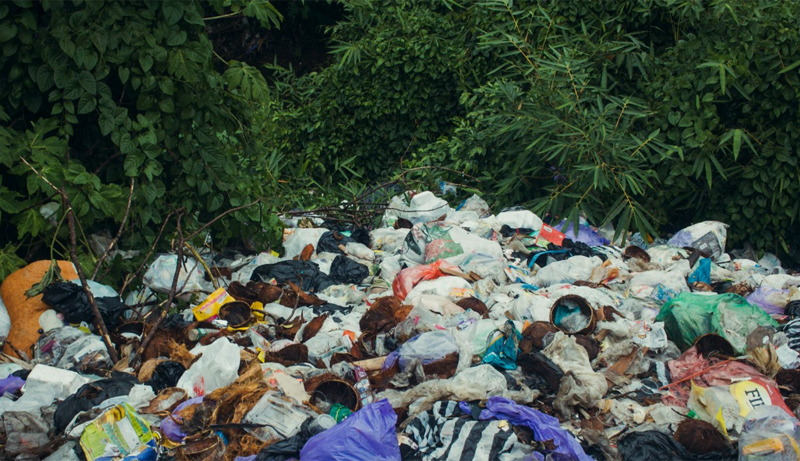
Solid waste facilities are places where household garbage and other types of waste are collected,
processed, or stored. These include landfills, transfer stations, and composting facilities. The waste
can come from homes, industry or commercial sources. Most of these operations require permits.
The communities near solid waste facilities are usually home to poor and minority residents.
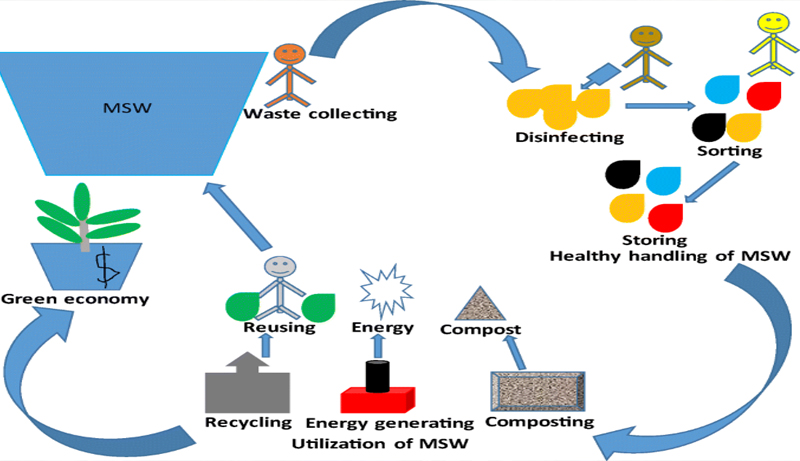
Introduction:
Municipal Waste Treatment Plants (MWTPs) play a pivotal role in managing and treating the
ever-increasing volume of waste generated by urban populations. As cities grow and industrial
activities expand, the need for efficient waste management becomes increasingly critical. MWTPs
are designed to handle various types of waste, ranging from household garbage to industrial and
commercial waste. This comprehensive approach is essential to safeguarding public health, protecting
the environment, and promoting sustainable living. We will delve into the key aspects of Municipal Waste
Treatment Plants, exploring their functions, technologies, challenges, and the importance of integrating
environmentally friendly practices into waste management.
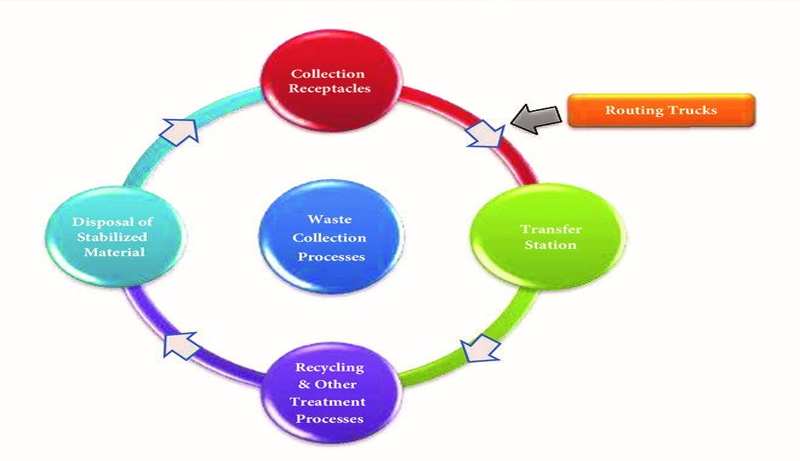
Functions of Municipal Waste Treatment Plants
Municipal Waste Treatment Plants are complex buildings that do many things to effectively handle
and process waste. These are the main functions:
Getting waste from different places and transporting it is the first step in managing trash. This can
include waste from homes, businesses, and factories. Waste collection vehicles pick up the trash
and take it to the treatment plant.
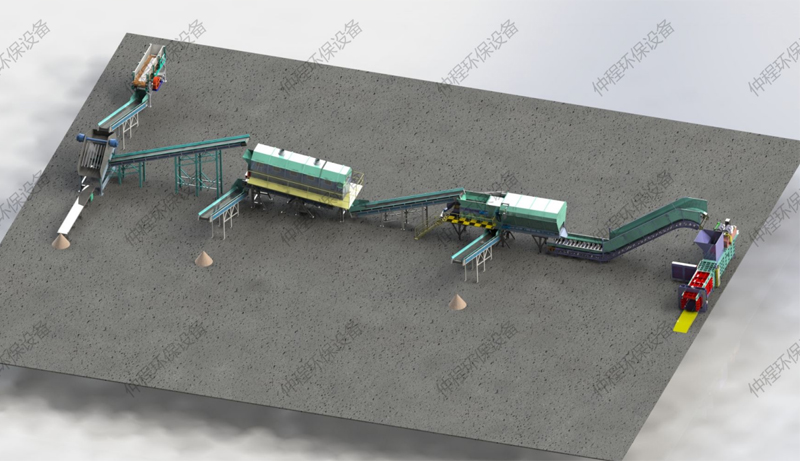
Upon arrival at the treatment facility, the waste is subjected to a process of sorting and separation.
This stage entails the separation of several waste categories, including recyclables, organic waste,
and non-recyclables. For effective separation, sophisticated technologies are utilized, including
automated sorting systems and manual labour.
Following the sorting process, the waste is treated and processed. This may encompass mechanical
operations for recycling, biological treatment for organic waste, and incineration for specific waste
categories. Reducing the amount of waste sent to landfills while simultaneously collecting valuable
materials for recycling purposes is the objective.
Certain MWTPs integrate energy recovery mechanisms, including systems that convert waste to
energy (WTE). These technologies facilitate the conversion of non-recyclable waste into usable energy,
thereby contributing to the generation of renewable energy and decreasing reliance on fossil fuels.
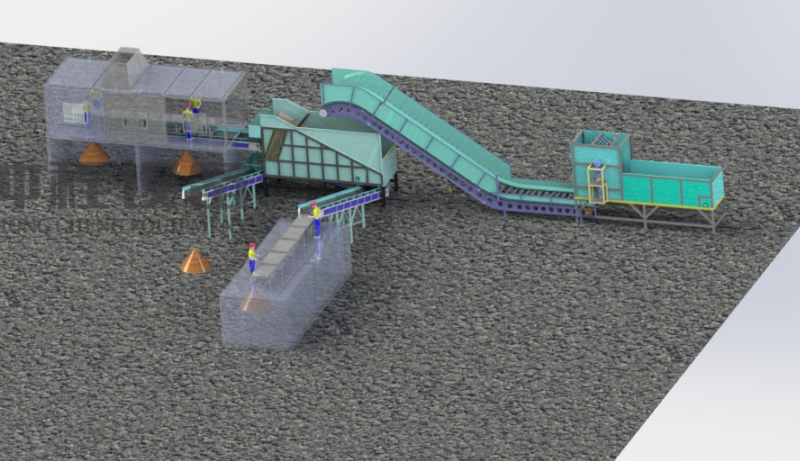
There are leftover materials that remain unsuitable for recycling or alternative processing methods,
despite the primary goal of reducing landfill disposal. These items are disposed of in landfills that
are specifically intended to mitigate their environmental impact.
Technologies Used in Municipal Waste Treatment Plants
Municipal Waste Treatment Plant efficiency and effectiveness are contingent on the technologies
implemented at different phases of waste treatment. Multiple technologies play a significant role
in MWTPs operating efficiently:
Automated Sorting Systems
Contemporary MWTPs employ automated sorting systems that separate various types of waste
via sensors, conveyor belts, and robotics. This increasing the quantity of material that can be
recycled not only improves efficiency but also the precision of sorting.
-
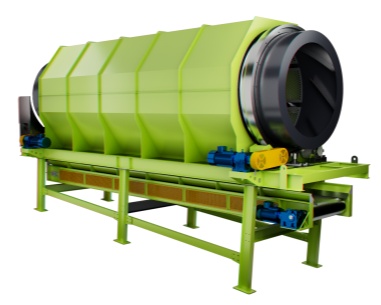 Trommel screenTrommel screen, also known as drum screens, are widely used in various industries for sorting and separating materials.Get Quote
Trommel screenTrommel screen, also known as drum screens, are widely used in various industries for sorting and separating materials.Get Quote -
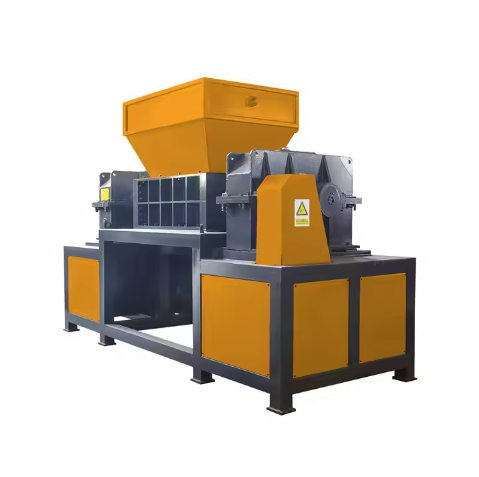 Crop straw double shaft shreddApplications:Biomass Energy Production: Shredded straw can be used as a feedstock for bioenergy plants to produce electricity or heat.Livestock Feed: Reduced-si...Get Quote
Crop straw double shaft shreddApplications:Biomass Energy Production: Shredded straw can be used as a feedstock for bioenergy plants to produce electricity or heat.Livestock Feed: Reduced-si...Get Quote -
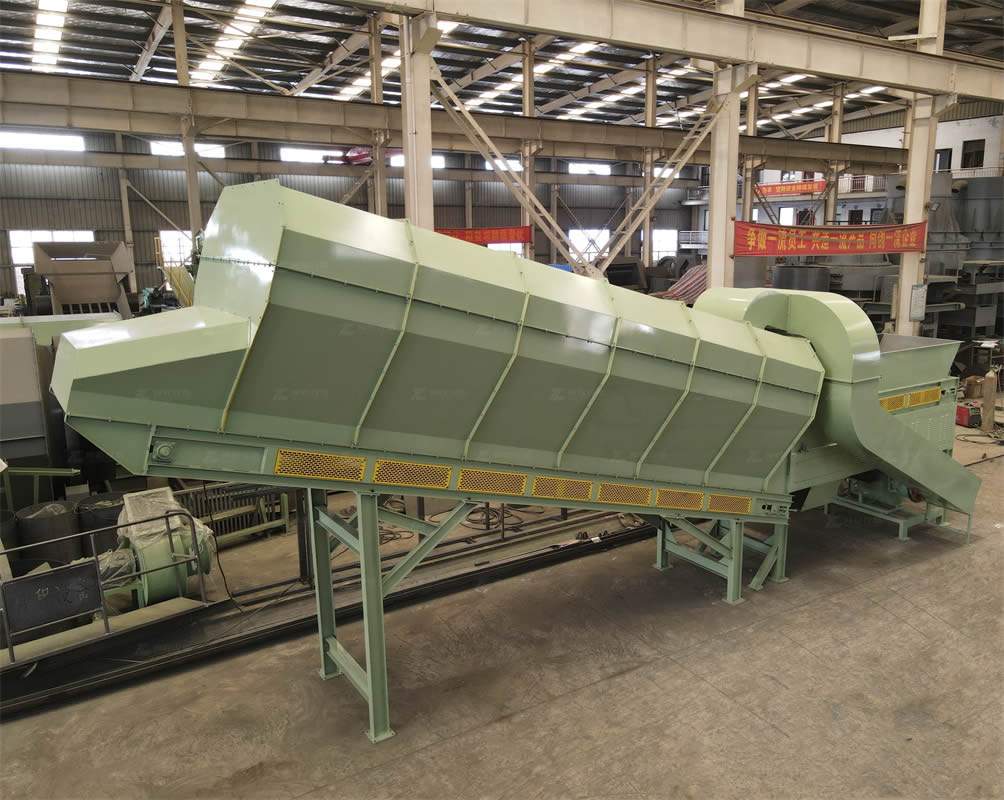 Zhongcheng Air Drum SeparatorAir drum separators effectively separate lightweight materials (e.g., plastics, paper) from heavier materials (e.g., metals, glass). This high efficiency is cru...Get Quote
Zhongcheng Air Drum SeparatorAir drum separators effectively separate lightweight materials (e.g., plastics, paper) from heavier materials (e.g., metals, glass). This high efficiency is cru...Get Quote
-
2024-08-16Crop straw double shaft shredderApplications:Biomass Energy Production: Shredded straw can be used as a feedstock for bioenergy plants to produce electricity or heat.Livestock Feed: Reduced-si...
-
2023-01-12Horizontal Semi-Auto Hydraulic BalerSemi automatic balers are used across the logistics, recycling and manufacturing sectors to process large volumes of waste materials such as cardboard, film, pa...
-
2024-07-16Drum screen garbage processing machine for msw recyclingManaging municipal solid waste (MSW) efficiently is crucial for urban areas. Drum screen garbage processing machines are a game-changer in this field. They ensu...
-
2023-01-12Conveyor BeltGarbage conveyor/Trash conveyor belt system is a processing line to classify paper, plastic, metal, glass, and organic matter and realize the recycling of rubb...
-
2024-06-07Zhongcheng Air Drum Separator in MSWAir drum separators effectively separate lightweight materials (e.g., plastics, paper) from heavier materials (e.g., metals, glass). This high efficiency is cru...



